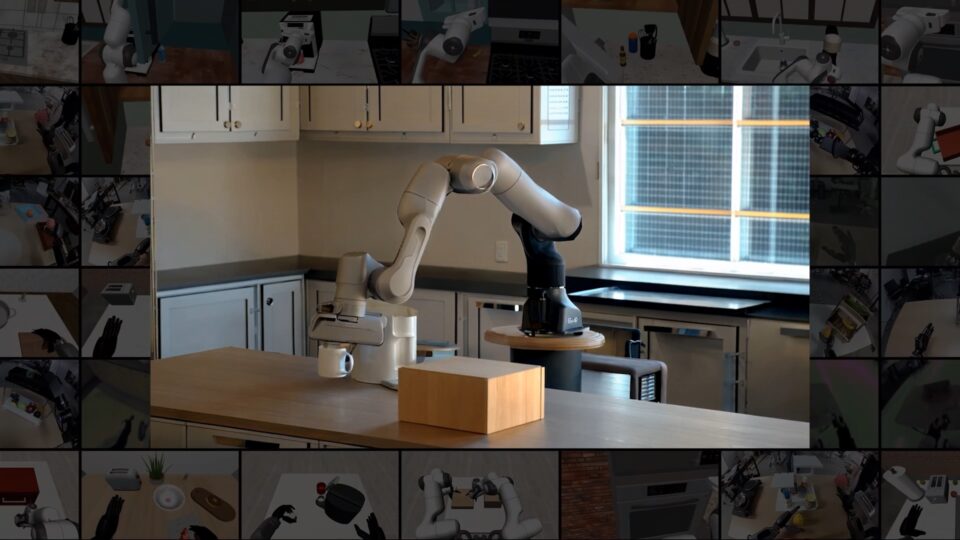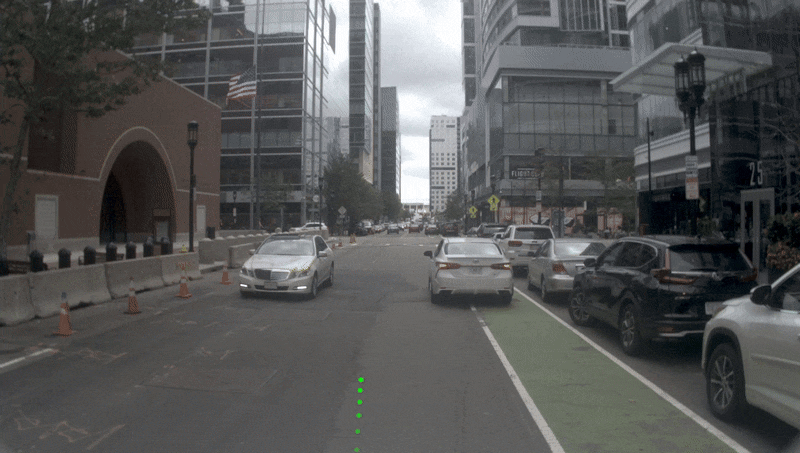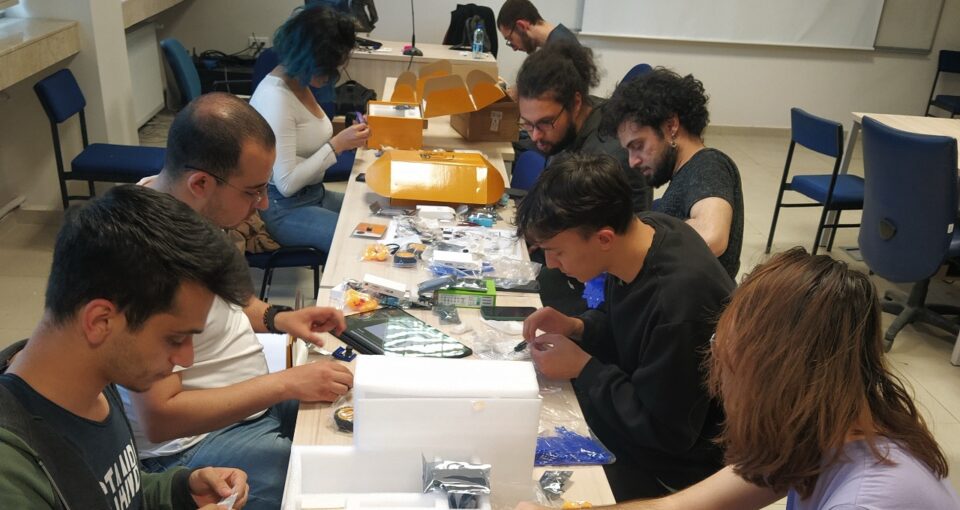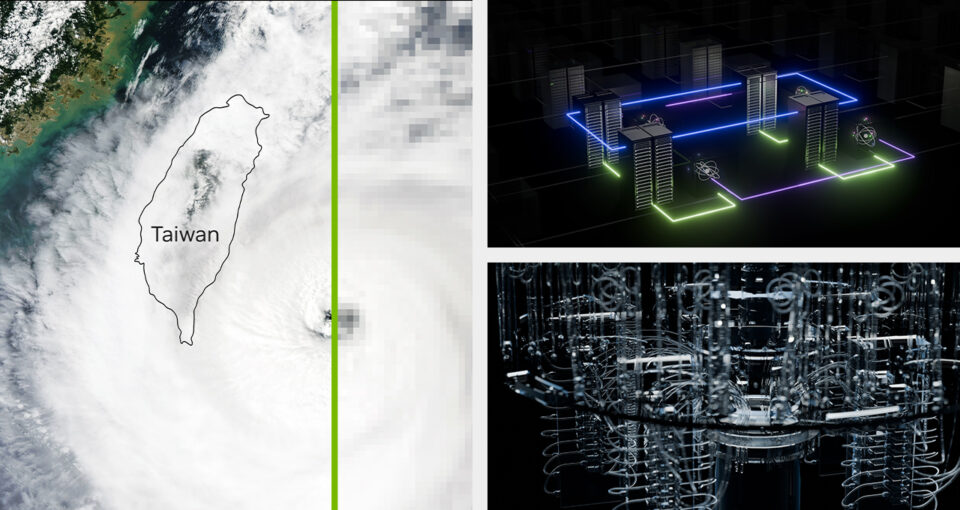Coastal communities in the U.S. have a 26% chance of flooding within a 30-year period. This percentage is… Read Article
Research
Most Popular
Applications Now Open for $60,000 NVIDIA Graduate Fellowship Awards
Bringing together the world’s brightest minds and the latest accelerated computing technology leads to powerful breakthroughs that help tackle some of the biggest research problems. To foster such innovation, the… Read Article
NVIDIA Research Shapes Physical AI
AI and graphics research breakthroughs in neural rendering, 3D generation and world simulation power robotics, autonomous vehicles and content creation…. Read Article
NVIDIA Scores Consecutive Win for End-to-End Autonomous Driving Grand Challenge at CVPR
NVIDIA was today named an Autonomous Grand Challenge winner at the Computer Vision and Pattern Recognition (CVPR) conference, held this week in Nashville, Tennessee. The announcement was made at the… Read Article
NVIDIA Research Casts New Light on Scenes With AI-Powered Rendering for Physical AI Development
NVIDIA Research has developed an AI light switch for videos that can turn daytime scenes into nightscapes, transform sunny afternoons to cloudy days and tone down harsh fluorescent lighting into… Read Article
Researchers and Students in Türkiye Build AI, Robotics Tools to Boost Disaster Readiness
Since a 7.8-magnitude earthquake hit Syria and Türkiye two years ago — leaving 55,000 people dead, 130,000 injured and millions displaced from their homes — students, researchers and developers have… Read Article
NVIDIA Research Breakthroughs Put Advanced Robots in Motion
Across robot training and development, NVIDIA Research is uncovering breakthroughs in areas such as multimodal generative AI and synthetic data generation. The team’s latest innovations will be spotlighted at the… Read Article
NVIDIA-Powered Supercomputer to Enable Quantum Leap for Taiwan Research
Researchers across Taiwan are tackling complex challenges in AI development, climate science and quantum computing. Their work will soon be boosted by a new supercomputer at Taiwan’s National Center for… Read Article
NVIDIA Research at ICLR — Pioneering the Next Wave of Multimodal Generative AI
Advancing AI requires a full-stack approach, with a powerful foundation of computing infrastructure — including accelerated processors and networking technologies — connected to optimized compilers, algorithms and applications. NVIDIA Research… Read Article




